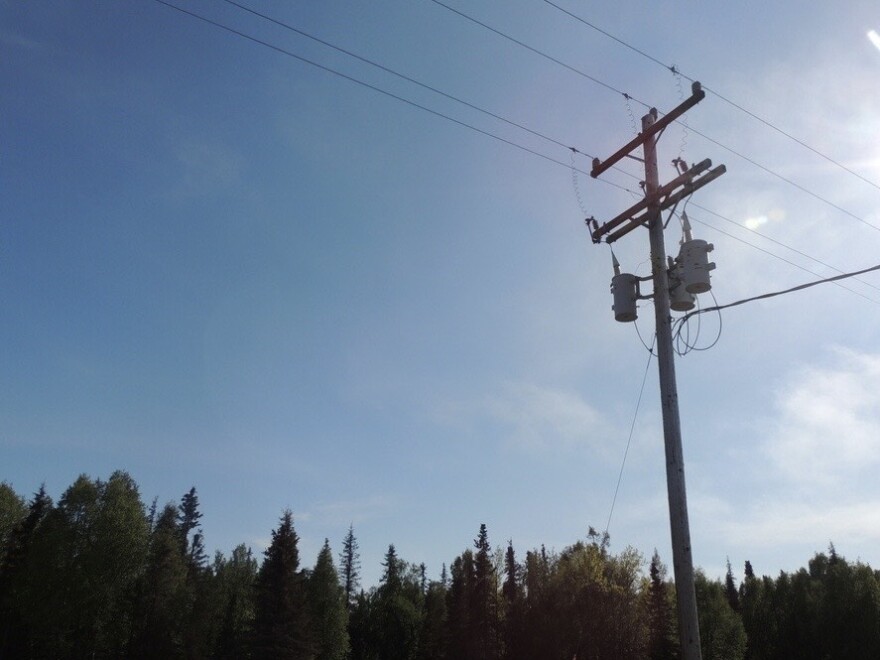Feds fund improvements for Alaska's Railbelt electric grid
The $413 million project includes a high-voltage submarine cable and battery storage. Rep. Peltola says it will allow for more renewables. The Biden administration is funding improvements to the Railbelt electrical grid in Alaska, which runs from Homer to Fairbanks. The project includes a high-voltage submarine cable, multiple battery energy storage systems, and an equal amount from the Alaska Energy Authority. The federal grant will be matched with an equal sum from the state energy agency, bringing the total to $413 million. The funding comes from the Bipartisan Infrastructure Bill of 2021, which both U.S. senators voted for. All three members of Alaska’s congressional delegation have praised the Department of Energy for their support. The improvements are expected to be completed in eight years.

Publicerad : 2 år sedan förbi Liz Ruskin, Alaska Public Media i Environment
The Biden administration is sending Alaska more than $200 million to improve the Railbelt electrical grid, which runs from Homer to Fairbanks.
The project includes a high-voltage submarine cable between the Kenai Peninsula and Anchorage and multiple battery energy storage systems.
All three members of Alaska’s congressional delegation lauded the Department of Energy award. In a joint press release, they noted that the money comes from the Bipartisan Infrastructure Bill of 2021, which both U.S. senators voted for.
Congresswoman Mary Peltola says her office took the lead on pressing the Biden administration for the grant. She says she personally spoke to the president and the Energy secretary about it.
“Every penny that we asked for we received so I think that really says something,” she said.
The federal grant will be matched with an equal amount from the Alaska Energy Authority, bringing the total to $413 million. The state energy agency has long advocated for infrastructure improvements to make the grid more reliable and to better deliver hydroelectric power from Bradley Lake, near Homer.
Peltola says the improvements will allow power from a variety of sources.
“We’ve got to update our grid to allow for renewables to go into the grid and provide some redundancies,” she said. “And with our extreme weather and long distances, it certainly is an investment that we need to make.”
The project is expected to be completed in eight years.
Ämnen: Climate Change, Alaska, ESG
